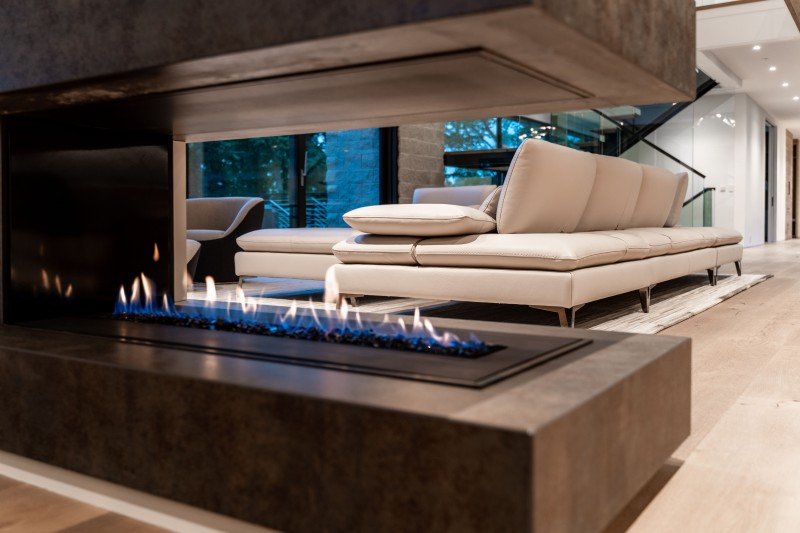An Guide To Fireplaces And Stoves In 2024
The Comprehensive Guide to Fireplaces and Stoves
Fireplaces and stoves have been important to human civilization for centuries, acting as a source of heat, light, and comfort. click through the next web site are available in various forms and have actually progressed over the years, catering to varied preferences and technological developments. This short article offers an informative introduction of fireplaces and stoves, highlighting their types, advantages, maintenance ideas, and installation factors to consider.
Types of Fireplaces
The world of fireplaces is rich and varied. Here are the most common types:
Wood-Burning Fireplaces:
- Traditional and charming.
- Requires skilled wood and regular maintenance.
- Produces a pleasant aroma and crackling sound.
Gas Fireplaces:
- Offer convenience and ease of usage.
- Available in vented and vent-free options.
- More efficient and cleaner than wood-burning choices.
Electric Fireplaces:
- Provide atmosphere without the need for a chimney.
- User-friendly with push-button control options.
- Can be utilized as an extra heat source.
Pellet Stoves:
- Use compressed wood pellets as fuel.
- Extremely efficient and eco-friendly.
- Frequently geared up with thermostats for temperature control.
Ethanol Fireplaces:
- Utilize bioethanol fuel, making them portable.
- Do not need venting, which permits for versatile positioning.
- Produce a practical flame with minimal smoke.
Outdoor Fireplaces:
- Designed for outdoor settings; can be wood or gas-burning.
- Great for entertaining and enhancing backyard aesthetic appeals.
- Frequently constructed from stone, brick, or metal.
Benefits of Fireplaces and Stoves
Incorporating a fireplace or range into a home offers many benefits:
- Aesthetic Appeal: Fireplaces function as striking focal points in any space, including heat and character to home decoration.
- Increased Property Value: Homes with practical fireplaces tend to have greater resale values.
- Energy Efficiency: Modern fireplaces and stoves are created to be more energy-efficient, which can lead to minimized heating costs.
- Backup Heating Source: In case of power blackouts, wood-burning and gas fireplaces can serve as essential heating sources.
- Versatile Heating Solutions: Different kinds of fireplaces cater to different heating requirements and way of lives, from cozy ambiance to efficient heating.
Type of Fireplace/Stove
Fuel Source
Efficiency Rating
Maintenance Level
Wood-Burning
Wood
Moderate
High
Gas
Natural gas/LP
High
Low
Electric
Electricity
High
Really Low
Pellet
Wood pellets
High
Moderate
Ethanol
Bioethanol
Moderate
Low
Outdoor
Wood or gas
Moderate
Differs
Maintenance Tips
Appropriate maintenance extends the life of fireplaces and stoves, ensuring safety and efficiency. Here are some necessary ideas:
Regular Cleaning:
- Wood-burning fireplaces must be cleaned up after a complete season of usage to get rid of soot and creosote.
- Gas fireplaces require periodic inspection of the burner and vents.
Regular Inspections:
- Have chimney sweeper carry out yearly evaluations to determine clogs or structural damage.
- Inspect the seals and gaskets on gas systems to prevent leakages.
Fire Safety:
- Install smoke and carbon monoxide gas detectors in homes with fireplaces or stoves.
- Keep a fire extinguisher near the fireplace or stove for emergencies.
Use Quality Fuel:
- For wood-burning units, always use experienced wood; avoid treated or painted wood.
- When using pellets, guarantee they are kept correctly to prevent wetness absorption.
Handle Airflow:
- Keep vents and ducts clear to promote efficient ventilation and airflow.
- Consider using glass doors or screens to decrease particles and ash in the living space.
Setup Considerations
Installing a fireplace or stove requires mindful factor to consider of numerous aspects:
Location:
- Choose a location that enables proper clearance and ventilation.
- Think about the design of your home and the convenience of natural heat circulation.
Building Codes and Permits:
- Check local regulations concerning installations and required licenses.
- Engage a professional to make sure compliance with safety standards.
Fuel Type:
- Evaluate your fuel options based on schedule, cost, and environmental effect.
- If going with gas, make sure existing gas lines can accommodate the new device.
Ventilation:
- Proper venting is important for safety and performance, especially for gas and wood-burning units.
- Consult a professional to determine the very best venting solution.
Aesthetic Consideration:
- Select a style that complements your home's interior.
- Consider mantels, surround materials, and colors that match your design.
FAQs
What is the best type of fireplace for heating?
Gas fireplaces are usually more efficient for heating, while wood-burning fireplaces offer more ambient warmth.
How often should I clean my fireplace?
Wood-burning fireplaces must be cleaned at least once a year, while gas fireplaces need less frequent attention depending upon usage.
Can I install a fireplace myself?
While some property owners might try DIY setup, it is advised to hire an expert to ensure security and compliance with building codes.
Are electric fireplaces efficient?
Yes, electric fireplaces are really efficient and can work as efficient additional heating sources, especially in smaller sized areas.
What is the lifespan of a fireplace?
The life expectancy of a fireplace varies depending upon the material, type, and upkeep; nevertheless, a well-kept wood-burning fireplace can last over 30 years.
Fireplaces and stoves stay timeless features in homes, providing warmth and ambiance. Understanding the different types, advantages, and maintenance requirements can assist homeowners make notified decisions about installation and care. With mindful preparation and regular upkeep, these devices can improve both the comfort and value of a home for several years to come.
